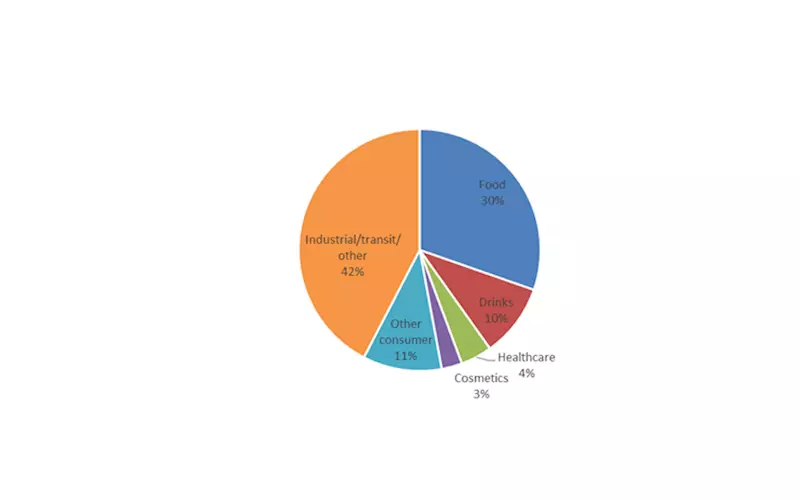Smithers predicts packaging market value to be USD 1.13-trillion in 2030
Smithers’ new in-depth market and technology analysis in ‘The future of packaging: Long-term strategic forecasts to 2030’ rates the impact of 30 trends on the packaging industry across the new decade; including their individual outlooks across different packaging materials, end-use segments, geographic regions and national markets.
11 Nov 2020 | By PrintWeek Team
The most immediate economic trends in 2020 are the Covid-19 pandemic, its impact on global supply chains and consumer purchasing; and the need to emerge from any post-pandemic recession.
Smithers’ analysis involves modelling these via multiple scenarios. Overall, it is mostly likely the market will see a contraction of 6.0% in 2020, but return to growth in 2021, although some segments notably food packaging have seen a spike in consumption in 2020.
Georgy Cameron, Smithers market analyst, said: “In 2020, Covid-19 has had a severe impact on the global packaging market that we have not really seen before, even in the 2008 financial crisis. It has applied pressure across the whole supply chain affecting supply and demand. From 2021 onwards we expect to see overall global packaging growth return to and continue to face the challenges that were there before the pandemic.”
As and when recovery becomes a reality, future packaging market growth will continue due to population growth and ongoing urbanisation in developing regions. Other important demographic changes involve aging populations requiring more pharmaceutical and innovative over-the-counter drug packaging; the deeper adoption of healthy living trends; and shifts in consumer shopping habits fuelling demand for premium and e-commerce formats.
Sustainability has established itself as a pan-industry mega-trend. While this has been eclipsed in the short-term by Covid-19, demand for recycled materials to enable a circular economy in packaging and adhere to new legislative targets will be among the most important drivers Smithers’ analysis concludes.
This will inform many other strategic technology demands across 2020-2030; with converters offering alternative, greener packaging formats, and developing new barrier technologies. The industry is also poised for a wider use of active and intelligent packaging through to 2030; especially the latter, to enable tracking and monitoring of shipments through the supply chain and integration with digitised logistics and warehousing platforms.
Traceability and protecting against counterfeiting are also among the emergent priorities for brand owners and retailers, the Smithers survey finds. The greatest influence from packaging buyers however, will come from the wider use of e-commerce sales and automation in distribution, as Industry 4.0 and Internet of Things (IoT) concepts permeate multiple segments. Other important trends from this sector through to 2030 include, communicating brand identity, enabling greater customer convenience, and integrating with marketing strategies that leverage social media channels.
The influence of each of these trends is examined critically in the new Smithers study – ‘The Future of Packaging: Long-term Strategic Forecasts to 2030’. These are quantified in an exclusive market data set giving historic, current, and future market forecasts over the next ten years; including specific scenarios for the impact of Covid-19.














 See All
See All